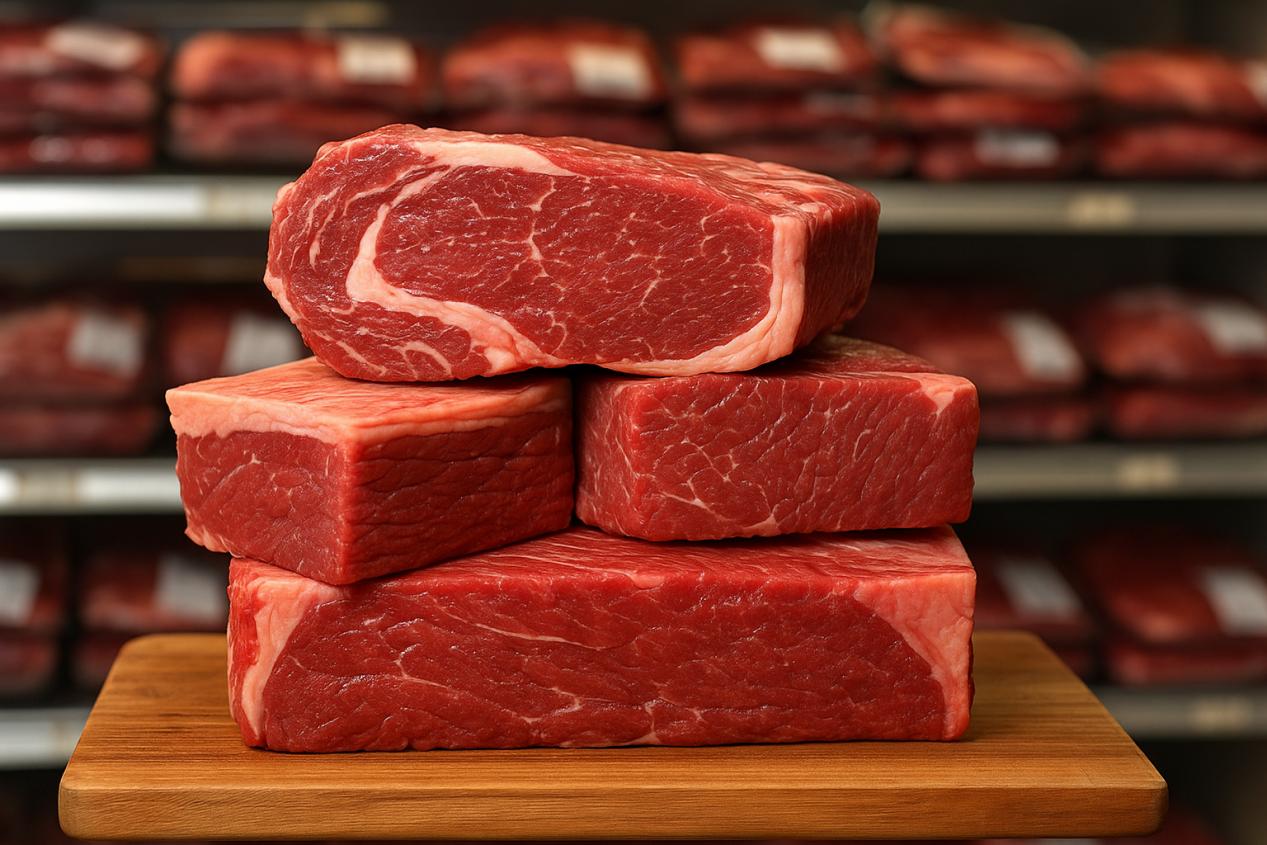
Recently, according to MarketWatch, the supply of beef in the United States is at its lowest level in 70 years, with prices rising by more than 11% year-on-year. This has directly weakened the profitability of food manufacturers and catering enterprises. For brands that take beef as their core ingredient, this change is not only a short-term cost pressure but also reveals the fragility of their business model. Most food companies rely on the spot market. When prices rise, they can only passively increase their selling prices or compress their profit margins, ultimately weakening their market competitiveness.
The situation in the catering industry is particularly evident. Take Restaurant Brands International, the parent company of Burger King, as an example. The cost of beef accounts for about 25% of the cost of its goods in the United States. The price increase has directly impacted its profits. To maintain price stability, some chain brands have had to reduce promotional activities or cut portion sizes. However, these practices have led to a chain reaction such as a decline in brand awareness and weakened customer loyalty. As consumers' sensitivity to prices increases, enterprises find it difficult to obtain effective premium space in price transmission. They can only relieve the pressure by cutting operating costs or delaying expansion plans, thereby affecting long-term growth expectations.
The instability of the supply chain further magnifies business risks. The beef supply chain in the United States has a long cycle and is significantly affected by climate and policies. The recovery of cattle herds and the supply of feed take time. However, most food enterprises still adopt short-term purchasing models and lack strategic inventories and alternative solutions. This makes the entire industry in a highly passive state during periods of price fluctuations. In addition, some enterprises rely on imported beef as a supplement, but the international market is also confronted with tight supply and demand, rising transportation costs and geopolitical risks. Once the terms of trade change, the import channel may instead become a new source of cost. The excessive concentration of enterprises' reliance on imports actually weakens their ability to hedge against the instability of domestic supply.
At the capital market level, the continuous rise in beef prices is affecting investors' valuation expectations for food enterprises. Profit compression and cost uncertainty have led many listed companies to lower their quarterly profit guidance, intensifying stock price fluctuations and further affecting financing and expansion plans. The cautious attitude of capital has made enterprises more conservative in supply chain investment, capacity expansion and overseas layout, which in turn has restricted the adjustment space of the industry. The rise in financial costs and the tightening of loan conditions are also squeezing the cash flow of enterprises, making it more difficult for small and medium-sized catering brands to withstand the impact of cost fluctuations.
On the consumer side, the chain reaction of price hikes has begun to emerge. After the terminal selling prices of beef products rose, some consumers turned to alternative products such as chicken and plant-based foods, which posed a direct threat to brands that relied on the beef product line. The change in sales structure forces enterprises to reevaluate their product mix and supply chain layout. However, rapid transformation is often accompanied by high costs in research and development, marketing and channel adjustment. Under the current circumstances where profits are being squeezed, such investments are difficult to sustain. Some enterprises choose to temporarily cut down on the investment in new products and market promotion. Although this approach eases short-term financial pressure, it reduces the long-term competitiveness and innovation ability of the brand.
The so-called "signs of price relief" at the business level do not imply the elimination of risks. Some analyses suggest that the short-term price decline is mainly due to the seasonal recovery of supply and the increase in imports. However, this change is temporary and has not resolved the structural contradiction between supply and demand. After a brief period of stability, the price of beef may still experience a new round of fluctuations. If enterprises relax cost control and procurement planning as a result, they will once again fall into a cycle of profit pressure. The market's expectation of this uncertainty has put brands under greater pressure in business negotiations, procurement contracts and channel collaborations.
Overall, the sharp fluctuations in the price of US beef reveal systemic flaws in the business management of the food industry. The short-sightedness of enterprises in cost management, supply chain resilience, pricing strategies and capital structure makes profits vulnerable to being constrained by the raw material market. For the industry, the core business challenge in the future lies in establishing a more flexible procurement mechanism and price management system to reduce the impact of single raw material risks on the overall profit model.

The global electric vehicle market in 2025 is experiencing intense turbulence. Tesla, once a disruptor that reshaped the industry landscape, is now mired in an unprecedented sales crisis.
The global electric vehicle market in 2025 is experiencing …
Recently, Chinese telecom companies Huawei and ZTE signed a…
Recently, according to Xinhua News Agency, Israel's air str…
A strongly worded report from the Equality Trust argues tha…
On November 27, 2025, Alibaba officially entered the global…
The focus of the global financial market in 2025 has always…